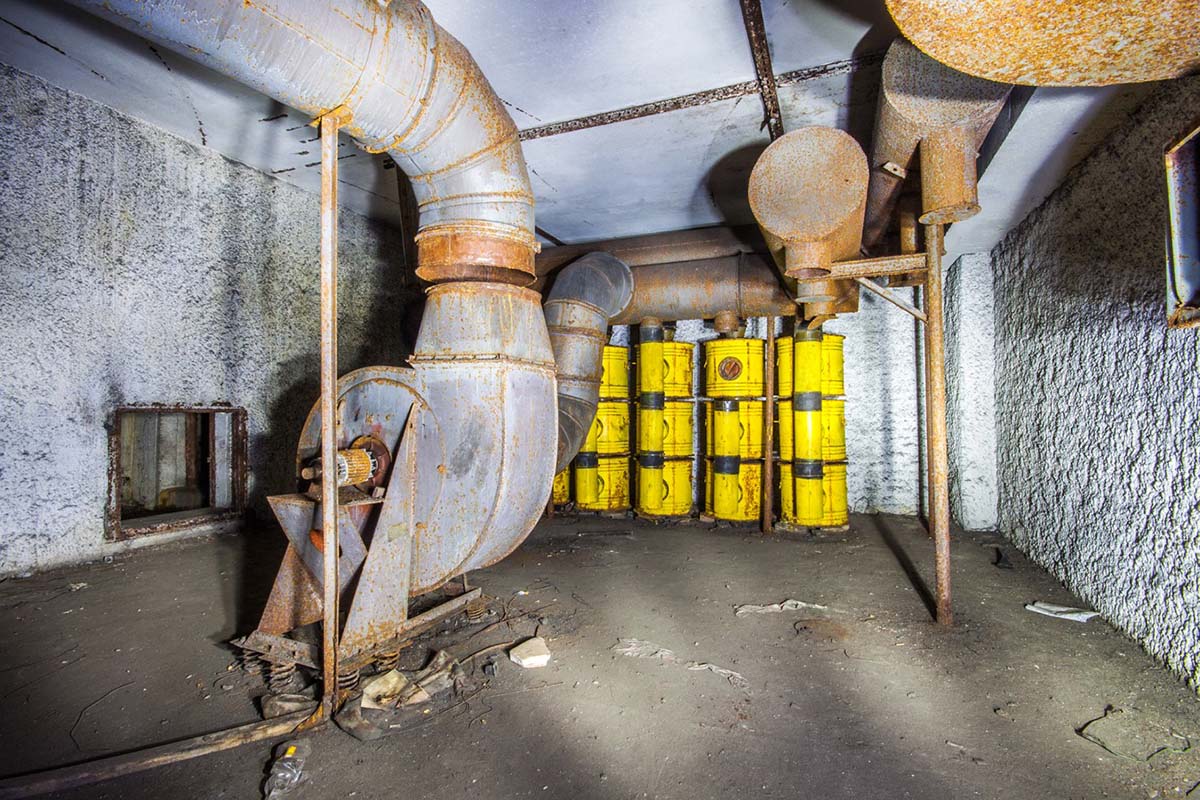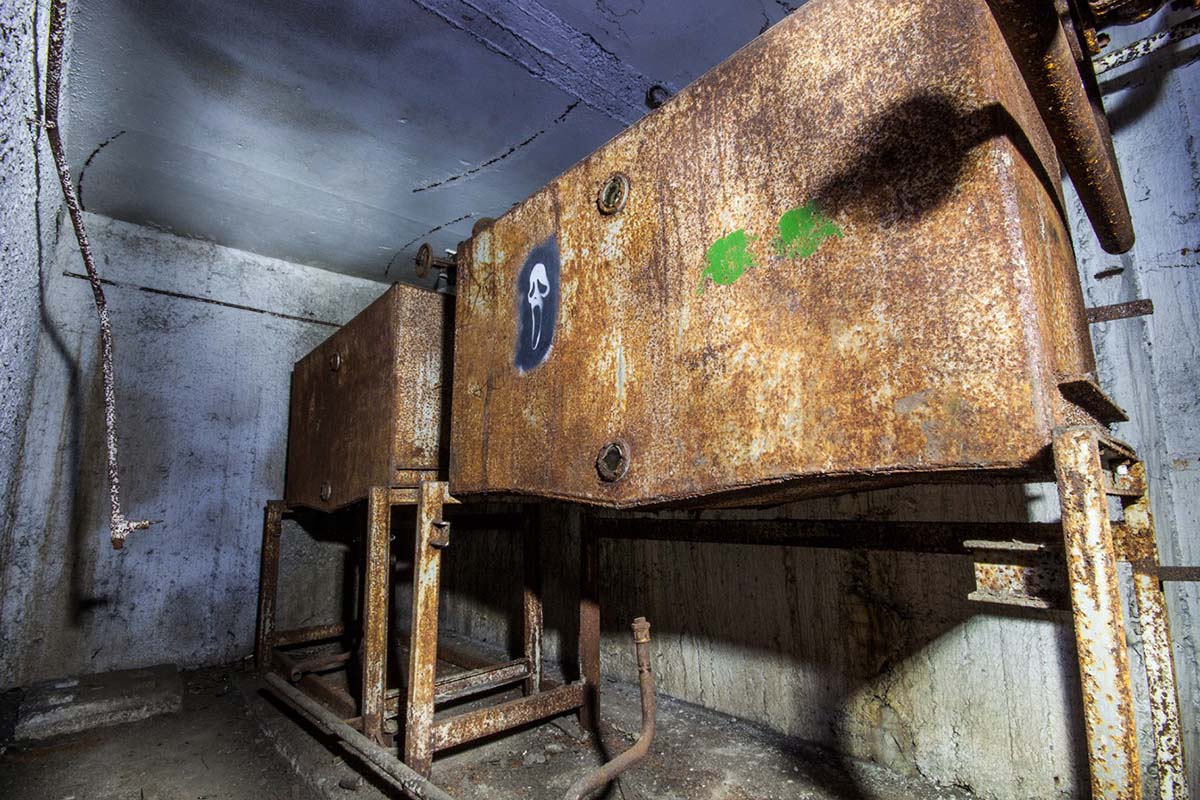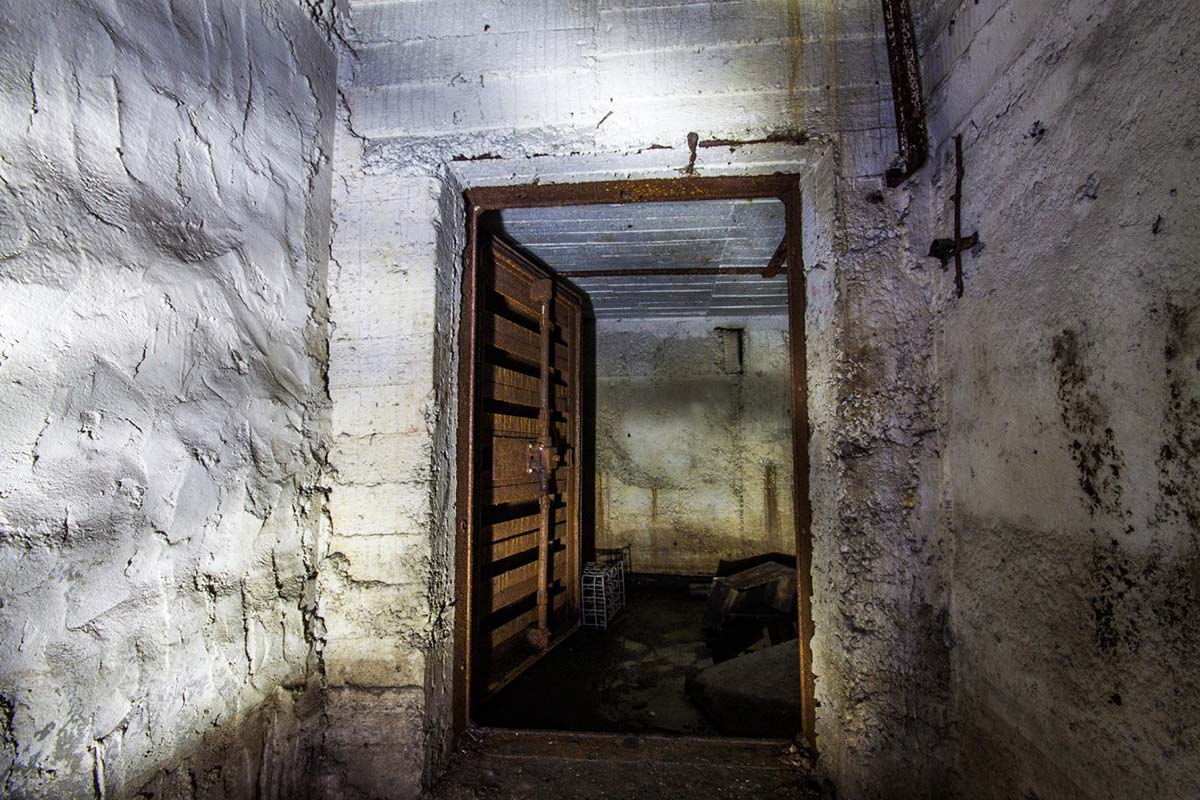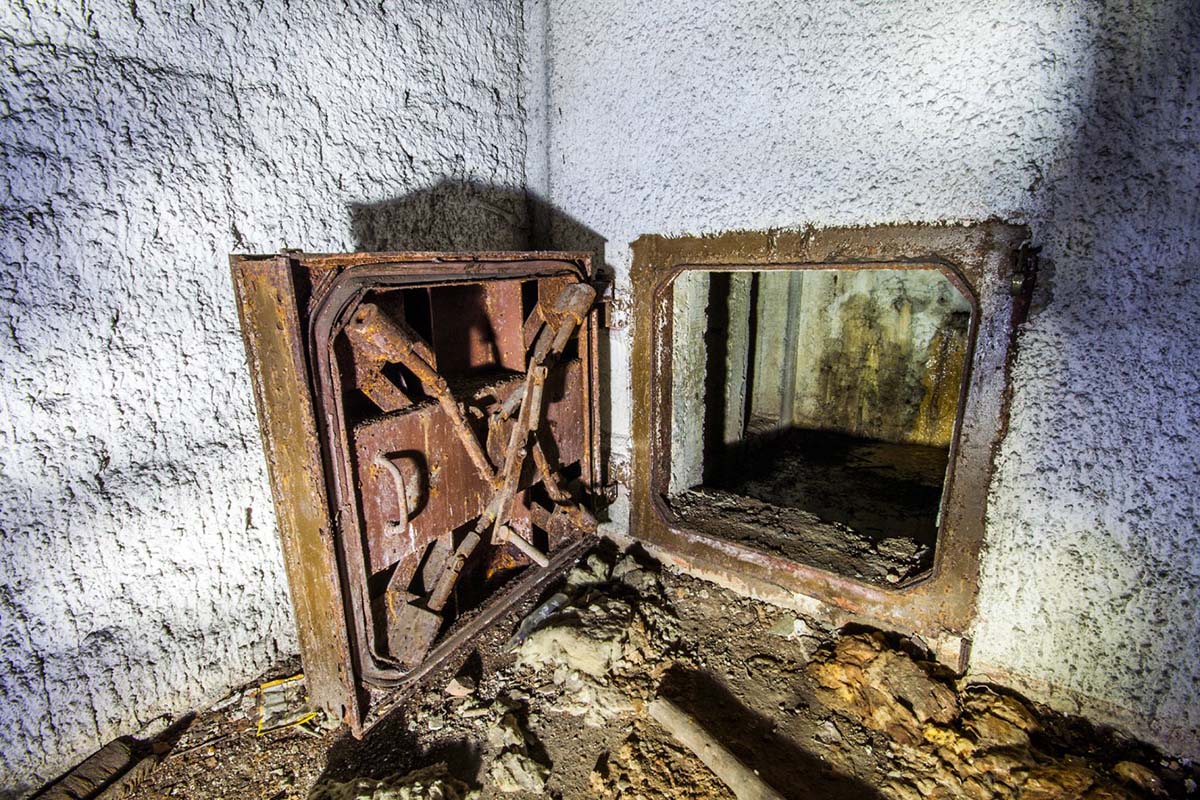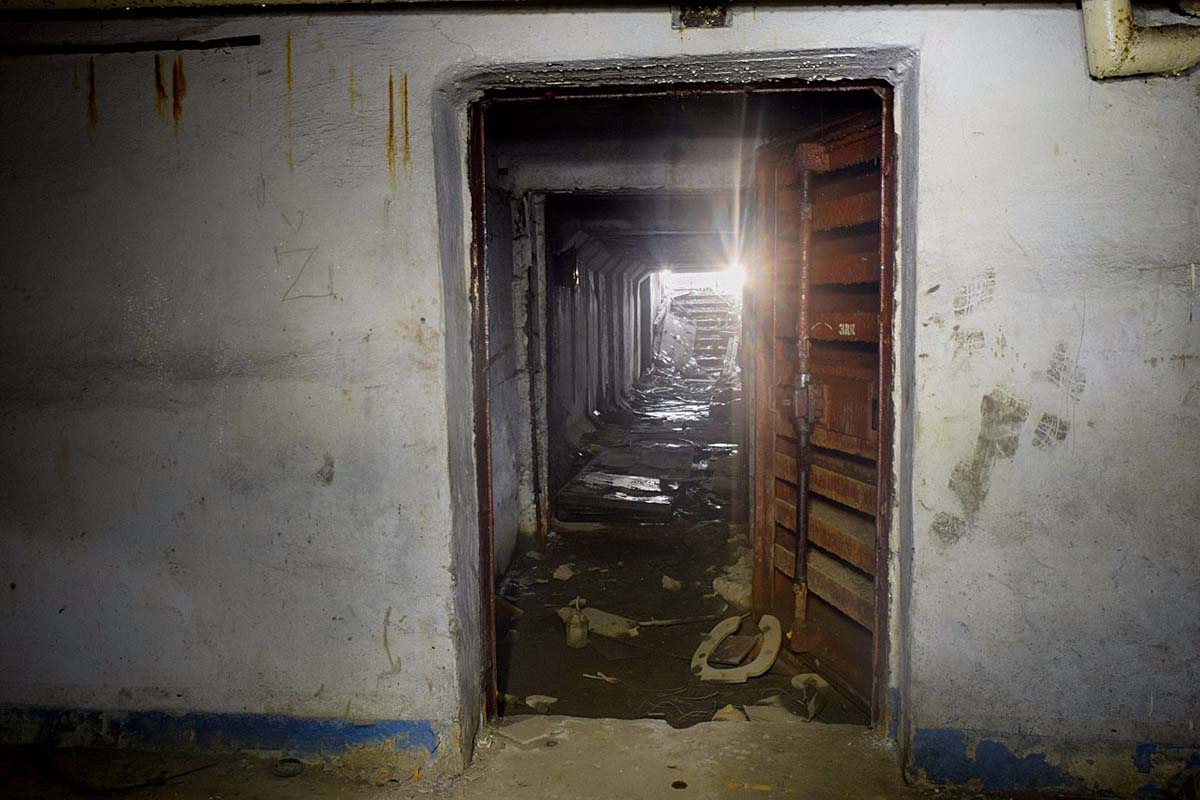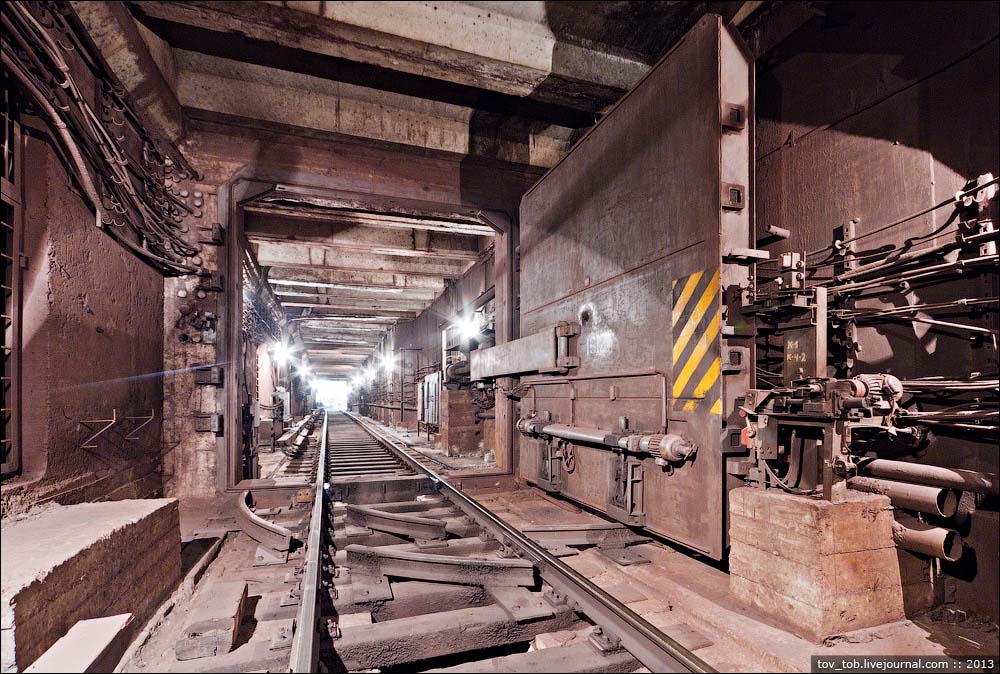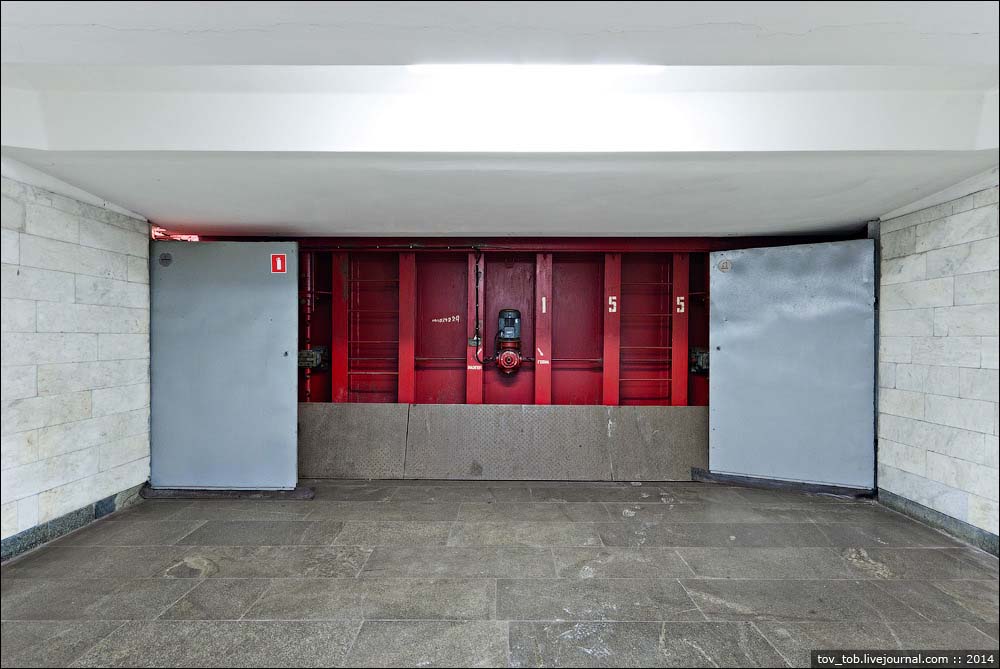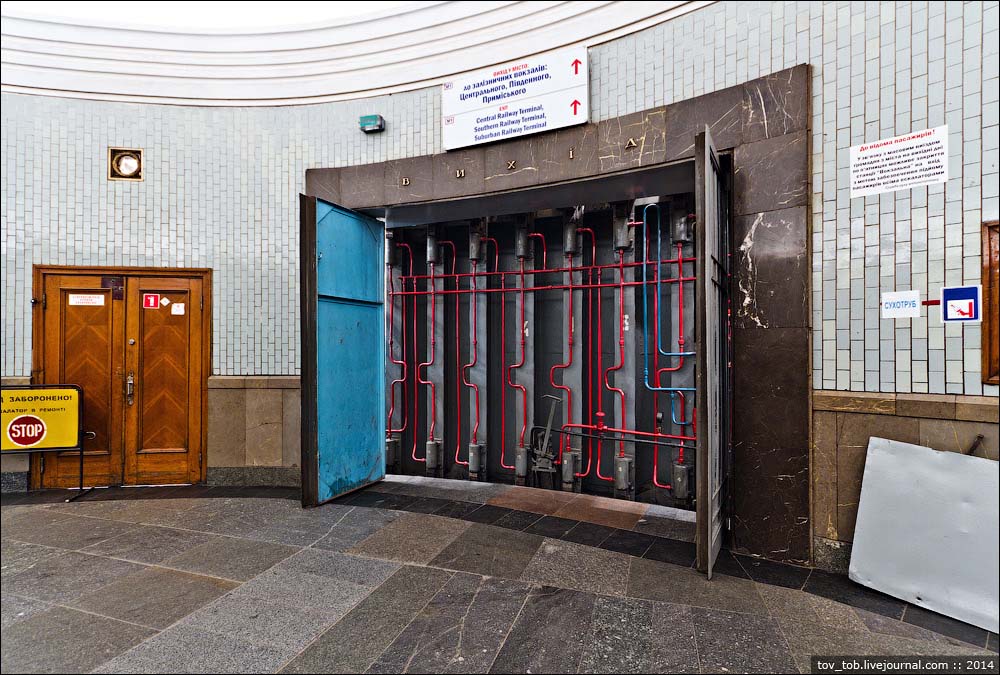Defensive structures, civil defense facilities, were intended to protect people from the high-explosive and fragmentation effects of aerial bombs and shells, debris from destroyed buildings and the poisonous effects of poisonous gases. In the world, most air-raid shelters were built between 1930 and 1940, and over time many of them were modified into nuclear weapons shelters. Air-raid shelters saved many lives during the Second World War, and in addition to specially built shelters and basements adapted for these purposes, subway tunnels were used as air-raid shelters in large cities. Later, during the Cold War, in countries embroiled in ideological confrontation and an arms race, anti-nuclear bunkers and civilian shelters, called bomb shelters in the old fashioned way, were actively built.
Bomb shelters in the basements of houses are of little interest to anyone at the present time – they are ineffective in the event of war, plus no one has been monitoring their condition since the collapse of the Soviet Union. An important factor is that after the end of the USSR era, protective shelters were no longer built together with or near new houses. Therefore, further we will talk about those few civil defense facilities that, although abandoned, can still save people’s lives in the event of a cataclysm or war.
In Kyiv there are civil defense facilities that provide protection from:
– shock wave of a nuclear explosion (at a certain distance from the explosion site);
– light radiation;
– penetrating radiation;
– radiation of precipitation on the trail of a radioactive cloud;
– toxic substances;
– bacterial (biological) agents.
Protection from shock waves and debris from collapsing buildings is provided by durable enclosing structures (walls, coverings, protective-hermetic doors) and anti-explosion devices. These structures also protect against the effects of penetrating radiation, light radiation and high temperatures. To protect against toxic substances, bacterial agents and radioactive dust, the structure is sealed and equipped with a filter and ventilation unit.
But protection alone is not enough if it is necessary to ensure the possibility of long-term stay of people in a shelter (until the fire stops or the radiation level decreases). For this shelter, in addition to filter ventilation supplying air suitable for breathing, they have reliable power supply from the city network and from diesel generators, sanitary facilities (plumbing, sewerage, heating), as well as supplies of water and food.
You can not only guess the condition of bomb shelters and civil defense facilities in Kyiv, but also see some of them in the photographs in the gallery in this article. It is entirely possible that there are shelters from the USSR era or those built in our time that are in perfect condition, but, as we all understand, they are by no means intended for ordinary people. After all, after the revolution of 2013, when information about the possibility of airstrikes on Kiev was actively circulating in the media, the city authorities only created a list of ordinary shelters in the basements of residential buildings in which a couple of dozen people could take refuge… The only shelter for Kiev residents can be the metro, or rather it tunnels. The hermetic seals at the entrances to the stations and in the tunnels (in the gallery you can see the closed hermetic seal at the Vokzalnaya and Osokorki metro stations, as well as the open hermetic seal at the stretch of the Pochtovaya and Kontraktovaya Ploshchad stations) are still in working order and undergo regular maintenance.
